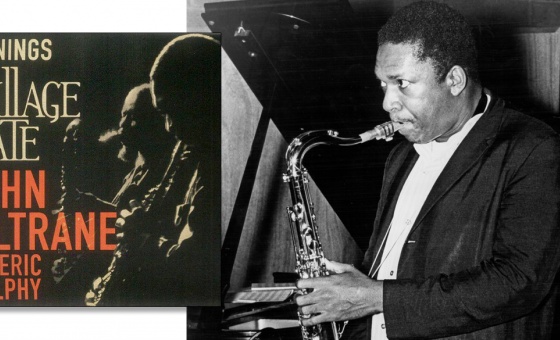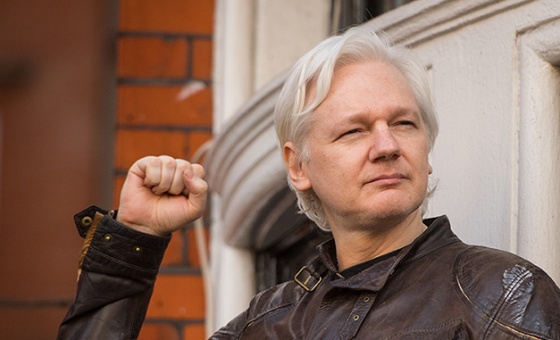This is the last article you can read this month
You can read more article this month
You can read more articles this month
Sorry your limit is up for this month
Reset on:
Please help support the Morning Star by subscribing here
WATFORD hasn’t seen anything quite like it in 35 years.
From the town hall and the bars, pubs and restaurants and the top end, to the shops in the middle and the Watford Museum at the bottom, Watford High Street is festooned in yellow, red and black like it’s 1984 all over again.
When the Hornets take on Manchester City in the FA Cup final at Wembley Stadium this evening, they will hope to become only the fourth team outside the present “Big Six” to win the trophy in the last 30 years.
And they will be aiming to go one better than they did in 1984, when Graham Taylor’s side lost 2-0 to Everton and win the first major trophy in the club’s history.
There are many similarities between the town’s relationship with the club then, when Elton John was chairman, and now, with Watford winning promotion to the Premier League in 2015 under the ownership of the Italian Pozzo family, who bought the club in 2012.
The 1984 final and Watford’s first Wembley win, in the 1999 second-tier play-off final when they beat Bolton 2-0 in Taylor’s second spell managing the club, are celebrated in an exhibition in the town’s museum to coincide with the club’s return to the Cup final.
What’s clear is that the community spirit that was so crucial to the club’s fortunes in the ’80s still resonates today, with fans and ex-players quick to donate their treasured possessions to the museum.
“It is a reflection of how Watford is as a town and Watford Football Club is as that family, community club, that people come together,” says Watford Museum curator Sarah Priestley.
“We had less than two weeks to put together this exhibition. But we had so much support from fans, the club and the club’s community sports and education trust.
“What I love is that there are things you wouldn’t get anywhere else. Nigel Gibbs [the former England Under-21 right back who played nearly 500 games for the club between 1983 and 2002] actually came round my house with a load of stuff, because the museum was closed at the time! That is so Watford!
“He’s lent stuff like the tracky top from the Cup final, and the ‘We’re Going Up’ banner from the play-off final. There’s knitted players, flags from the semi-final that the 1881 [fans group] did, so there’s such a lovely mixture.”
Community was clearly important then, and is important now. Back in the ’80s, Watford were very much considered the “family club” amid a backdrop of hooliganism that was casting a shadow on the English game.
Bringing families to football was instrumental to how John saw the club, and Vicarage Road being seen as a “safe haven” was a big part of Watford’s transformation from lower-league strugglers playing in front of a couple of thousand in the 1970s to the heady heights of the 1980s.
“They were groundbreaking,” Priestley says. “Elton had gone, and I think a lot of it was based on when he was doing world tours and he had seen what sport was like in other places, how it was a family atmosphere and things like that, and that’s what he wanted for Watford.
“It was revolutionary. They employed Caroline Gillies [as marketing manager in 1982] and she came from a completely different background, from the English tourist board, and it was the first time that anyone from marketing had worked at a football club.
“They rebranded as the friendly club, the family club, the community club. They employed lots of women, they made the family enclosure. They did so much that made it safe for families.
“That was all that time ago, but that’s exactly what they’re doing today. I was talking to a local polio fellowship and they do special visits.
“They get golf buggies and they drive people up so they can enjoy the match. You never see it, it’s not on their website because they don’t brag about things like that.
“Of course the money’s huge and the Pozzos have done a lot for us in that way, but all the integrity and all the kindnesses, stuff like the sensory room, all of the things they do with us, they don’t have to work with the local museum, but this is unique.
“There is not another club in any level of league football working with a community museum like they work with us.”
Priestley mentioned the work the club does with the community now, as part of the Watford Welcomes initiative, which was introduced at the start of the season.
Vicarage Road has a sensory room, for children on the autism spectrum to watch matches in a welcoming environment. The club also works with LGBT supporters group Proud Hornets and works closely with the 1881 fans’ group, who have started their own foodbank.
“The Random Cafe take food that is being thrown out, and they recycle it, and they did an amazing cafe here,” Priestley says. “The 1881 run a foodbank at the stadium. That’s the sort of stuff people are doing to look after each other. And that’s why I love being part of this town.
“The refuse guys, for example, were emptying a recycling bin and found a load of signed Watford programmes, so they donated them to the museum!”
And what will happen if Watford actually do the unthinkable and win today?
“For the town, [just being there is] such an amazing boost and you can see how much it means to people,” Priestley says. “But what a party [if we win]! And how much stuff would we have in the museum!”
Watford’s Wembley Finals exhibition is at Watford Museum, 194 High Street, Watford WD17 2DT until May 25. Admission free. Opening hours: Thursday to Saturday, 10am to 5pm.











